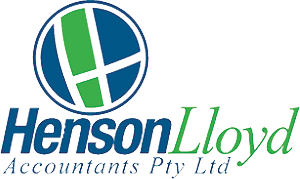Mistakes on the job can be costly—and not just in terms of time. Rework directly impacts your bottom line. You’re paying for extra labour to fix errors that could have been avoided. That same time and effort could be going into new work, generating additional revenue and increasing your profit.
On top of that, replacing damaged or incorrect materials adds even more cost to your business—chipping away at margins you’ve worked hard to earn. The good news? Rework is something you can reduce with the right systems and approach. Here are five simple but powerful ways to improve efficiency and protect your profit.
1. Have Clear Expectations and Systems
High-performing teams don’t rely on guesswork. They follow established systems to ensure every job is done right the first time.
-
Use checklists to make sure nothing gets missed
-
Set clear expectations—everyone should know what a quality job looks like
-
Train your team thoroughly, and ensure they have the right tools
-
Communicate clearly to avoid costly misunderstandings
Clarity and consistency reduce errors—and stress.
2. Don’t Band-Aid the Issues
Temporary fixes often lead to bigger problems down the track.
-
If a mistake is made, deal with it properly—don’t sweep it under the rug
-
Get to the root cause, and resolve it at the source
-
Foster a culture of accountability and quality—no cutting corners
It might feel quicker to patch things up in the moment, but the long-term costs can be much higher.
3. Use the Right People for the Right Jobs
Not every task suits every team member. Matching skills to the job at hand is essential.
-
Who has the right experience or qualifications?
-
Who might need more training or support?
-
Does the task need one person or two to do it right?
Allocating work wisely helps prevent errors before they start.
4. Measure, Review, and Improve
You can’t improve what you don’t track.
-
Record rework incidents and understand why they occurred
-
Look for trends—is it a particular type of job or team member?
-
Turn mistakes into learning opportunities
-
Refine your systems—sometimes it’s not the person, it’s the process
Continuous improvement is a cornerstone of profitability.
5. Build a Culture of Accountability
Without accountability, small problems can quickly spiral.
-
Set clear KPIs so your team knows what’s expected
-
Conduct regular check-ins to catch issues early
-
Offer feedback, coaching, and performance reviews
-
Take disciplinary action if required—avoid letting bad habits slide
We’re Here to Help
At Henson Lloyd, we understand the financial pressure rework can create, especially in industries where margins are tight. If you’d like support in reviewing your business systems, understanding your job costing, or identifying where profits are slipping away—we’re here for you.
Let’s work together to ensure your business runs efficiently, profitably, and with fewer headaches.





